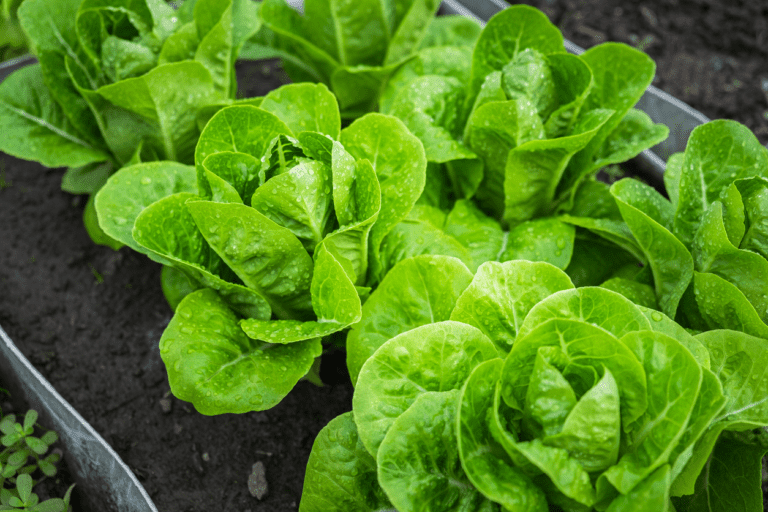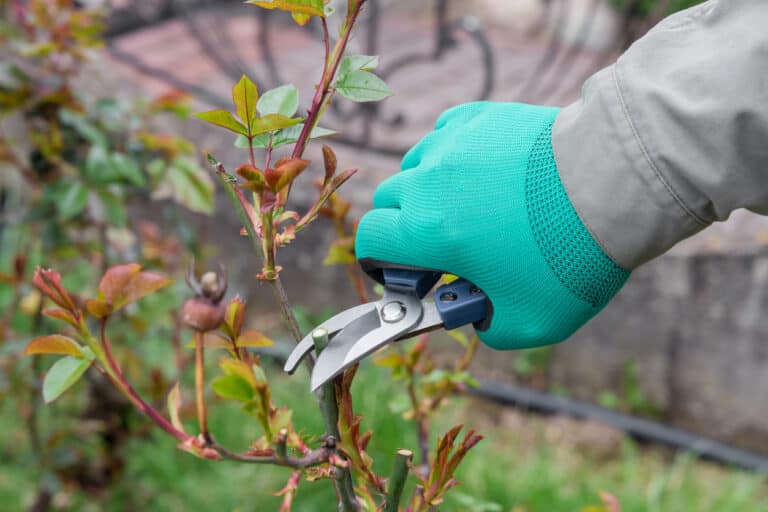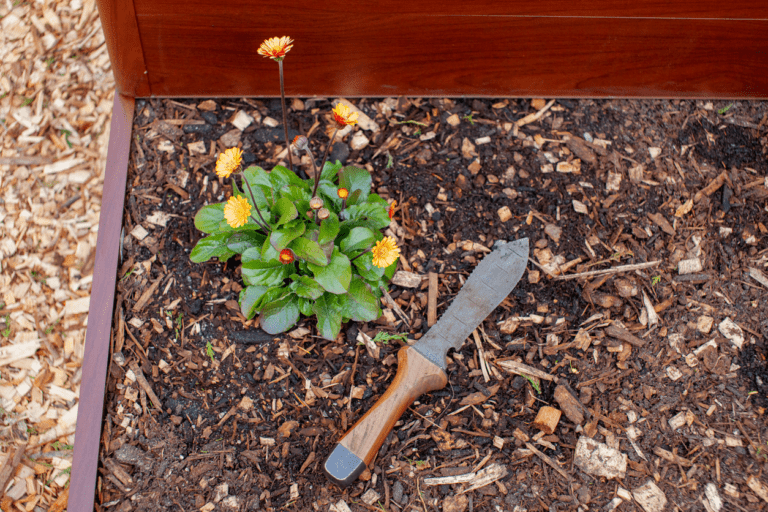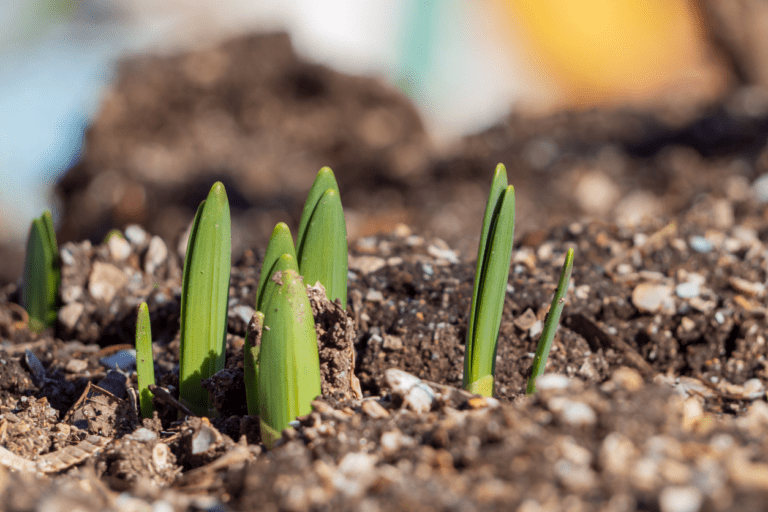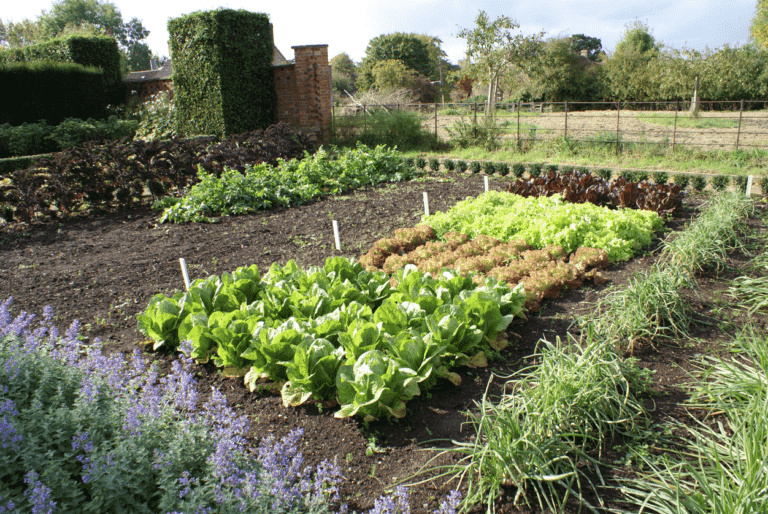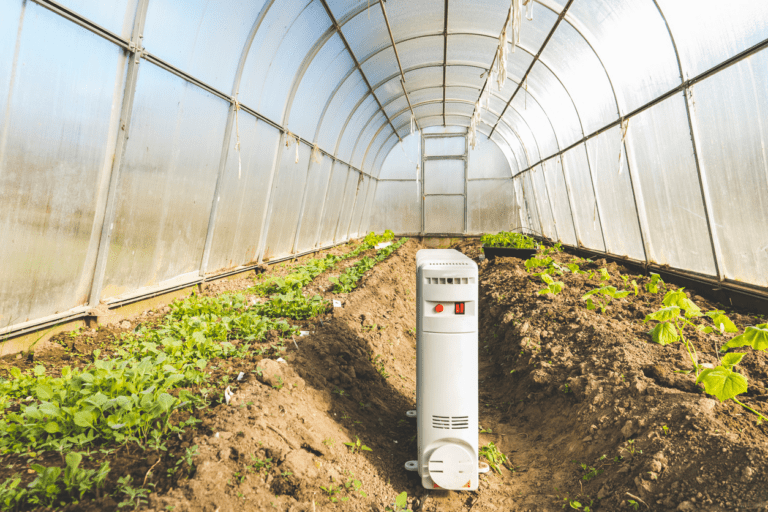The 7 Best Permaculture Books to Read in 2023
Living a sustainable life is mandatory today. It’s never been this important in history. Permaculture is a philosophy based on sustainable practices. Bill Mollison and David Holmgren in the 1970s developed it. Permaculture works with natural ecosystems and not against them. This approach can be used anywhere, including city environments, home gardens, or big-scale agriculture. In this article, we collected the best books on permaculture for you. Also, I selected my top 3 picks for different situations.
Permaculture: A Designer’s Manual
by Bill Mollison
The Backyard Permaculture Homestead for Beginners
by Laura Garrettnual
Edible Forest Gardens
by Dave Jacke & Eric Toensmeier
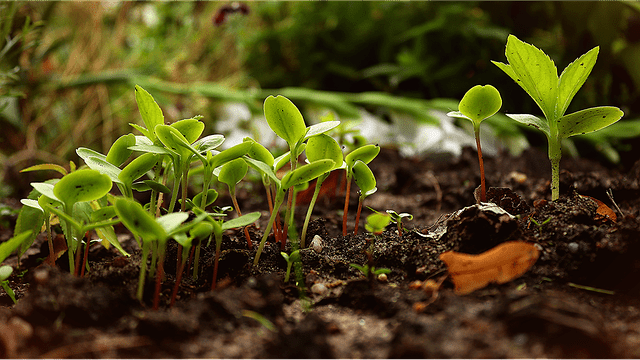
What are the best permaculture books?
1. Permaculture: A Designer’s Manual – Bill Mollison
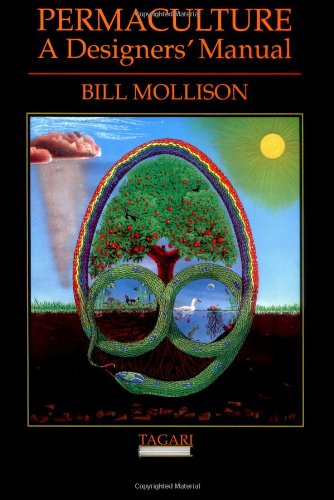
The Permaculture: A Designer’s Manual is one of the most known books in the permaculture scene. Bill Mollison wrote it in 1977, but most concepts are still valid today. Some refer to the “The Bible of Permaculture.” when talking about it. It might be a more effortful read for someone just getting to know permaculture, but it can be an excellent choice for someone who wants to dig deeper into permaculture.
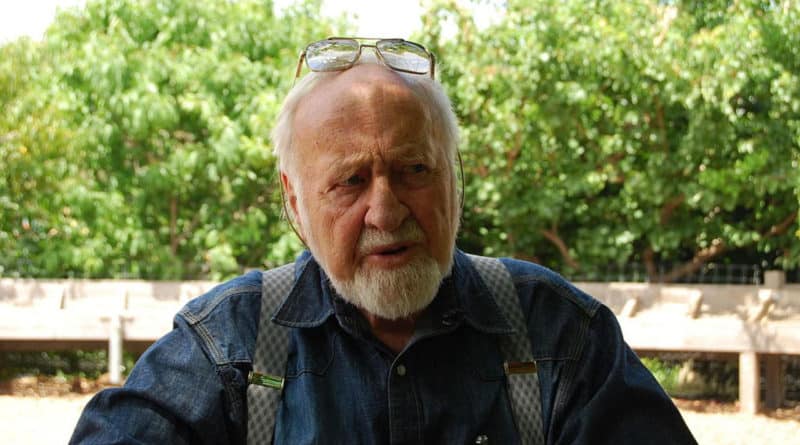
The book is a comprehensive guide to permaculture design. It shows a holistic approach to creating sustainable and resilient human settlements. The book covers various topics, including ecology, agriculture, energy, housing, and social systems. It provides practical tools and techniques for designing and implementing permaculture systems. Mollison emphasizes the importance of observing and working with nature and encourages readers to think creatively and adaptively in their designs. Out of all the permaculture books, it’s considered to be one of the most comprehensive.
2. Gaia’s Garden: A Guide to Home-Scale Permaculture – Toby Hemenway
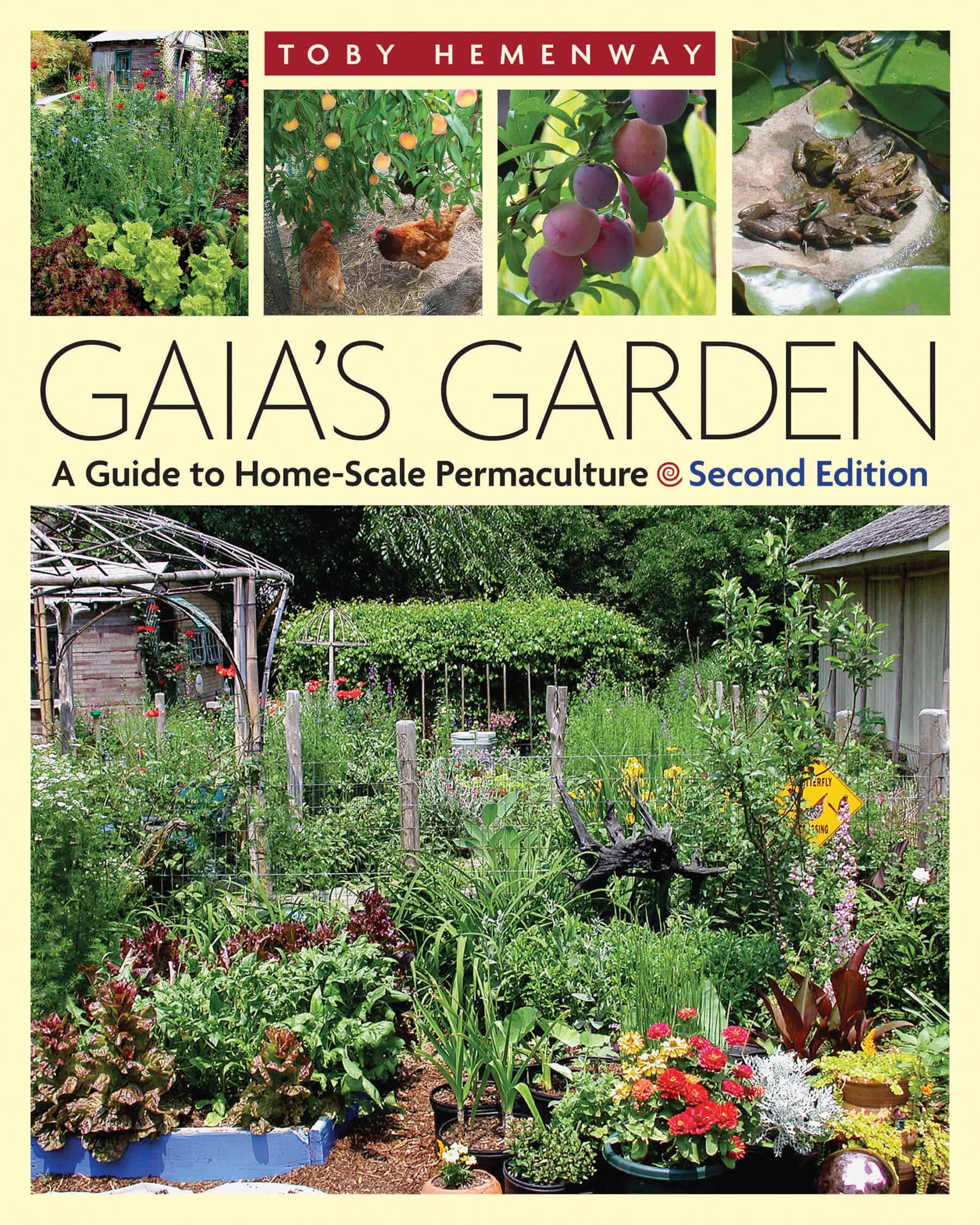
Toby Hemenway was an American author, teacher, and permaculturalist. He did a lot in spreading permaculture principles in the United States. He is best known for this book, which has been widely acclaimed as one of the most accessible introductions to permaculture design. Hemenway was a passionate advocate for regenerative agriculture and sustainable living. His work has inspired countless individuals and communities to adopt more ecological lifestyles. He was also a gifted teacher and speaker, and thousands of people worldwide attended his workshops and presentations on the permaculture lifestyle.
Gaia’s Garden presents a holistic approach to gardening and landscaping. It provides a framework for creating resilient and productive ecosystems. Hemenway covers various topics, including soil fertility, water management, plant selection, and pest control, and offers practical tools and techniques for designing and implementing permaculture systems in various contexts. The book is illustrated with numerous photographs and diagrams, including case studies and examples from Hemenway’s experience.
3. Permaculture Design: A Step-by-Step Guide – Aranya
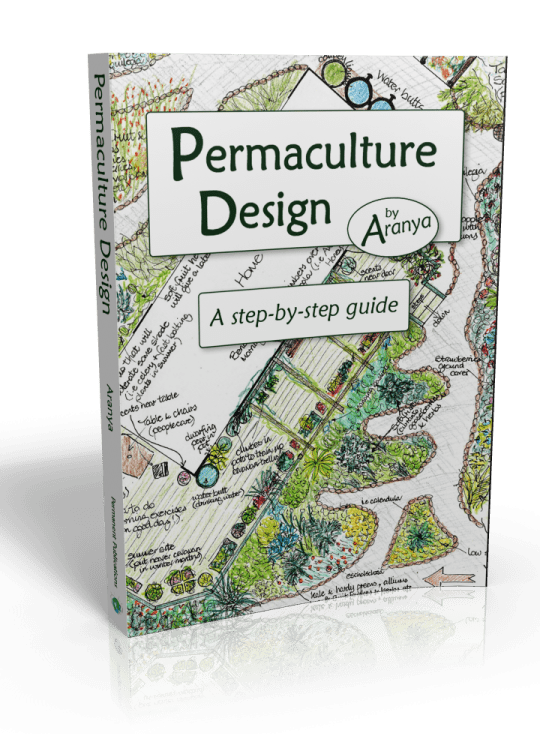
Suppose you know basic permaculture principles from reading other permaculture books or attending a course (even just an introductory one). In that case, this guide could be just what you need to build on your prior knowledge and put into practical permaculture.
This guide covers a range of permaculture design aspects, including identifying and selecting design approaches, creating maps, conducting site surveys, collaborating with design teams, setting design goals, selecting optimal systems and elements, integrating these components into practical strategies, presenting design plans in different ways, planning for implementation and maintenance, communicating ideas to clients, and designing non-land based systems.
4. Permaculture: Principles & Pathways Beyond Sustainability – David Holmgren
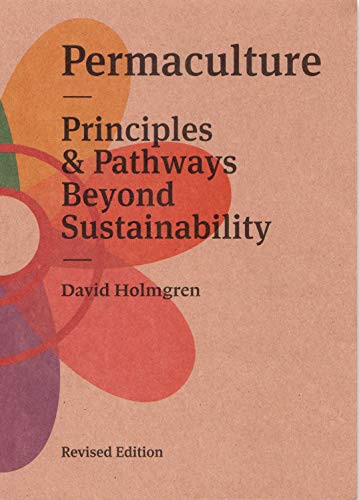
Principles & Pathways provides a more fundamental and distilled understanding than Mollison’s encyclopedic Designers Manual. The book offers refreshing perspectives on various environmental issues and shows how permaculture is more than just a permaculture garden. It is an essential read for anyone seriously interested in understanding the foundations of sustainable design and culture. It provides relevant insights into creatively adapting to ecological realities that shape human destiny, covering every aspect of reorganizing our lives, communities, and landscapes.
5. The Backyard Permaculture Homestead for Beginners – Laura Garrett
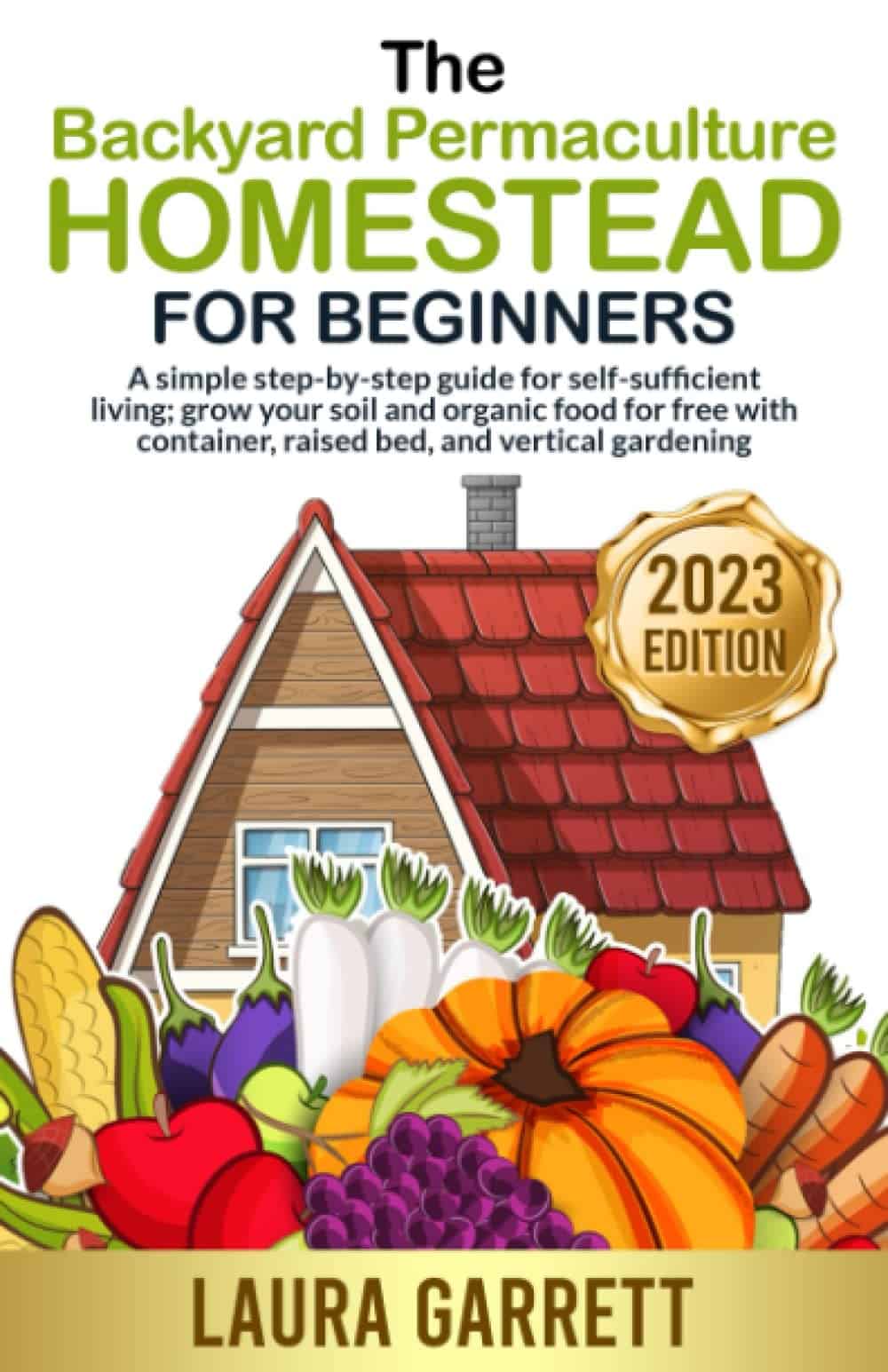
The Backyard Permaculture Homestead for Beginners teaches how to make a sustainable garden in your backyard. The book has practical tips and instructions, whether you have a small or big backyard. You can learn how to grow food while respecting your environment and wildlife.
This permaculture book discusses composting, soil health, and water management. It teaches how to choose and place the right plants in the right spots. It also advises using renewable energy, natural materials, and greywater systems to make your home efficient and self-sufficient. It also has ideas for reducing waste and your carbon footprint.
6. Sepp Holzer’s Permaculture: A Practical Guide to Small-Scale, Integrative Farming, and Gardening
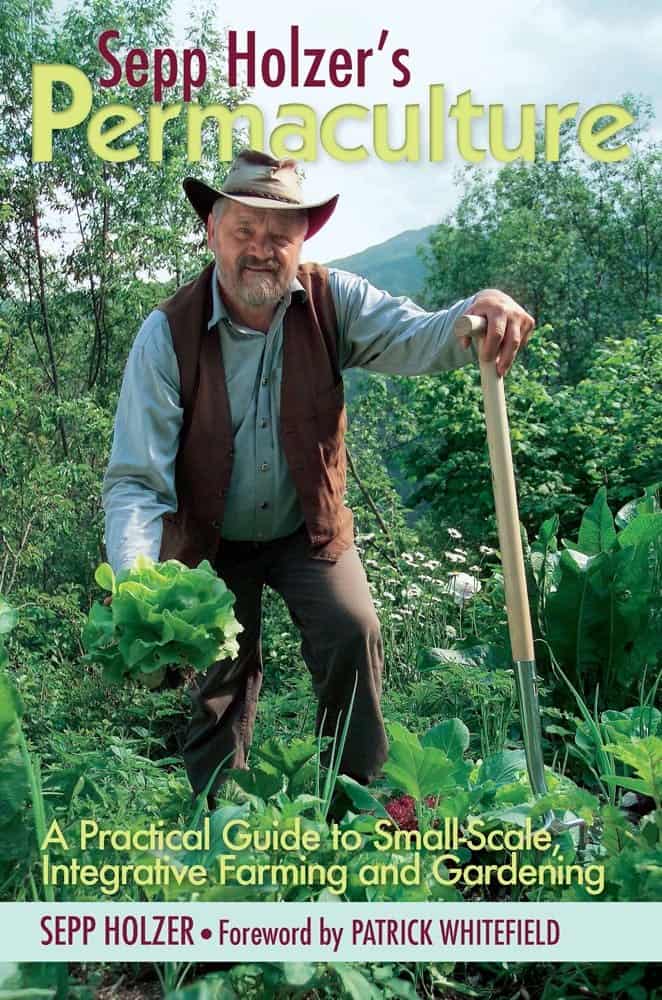
Sepp Holzer is an Austrian farmer who cultivates steep mountainsides at high altitudes with a holistic system of terraces, raised beds, waterways, and tracks featuring various fruit trees and vegetation. This is in stark contrast to the spruce monocultures of his neighboring farms.
In his book, Sepp Holzer’s Permaculture, he shares the knowledge and expertise he has accumulated over his lifetime. He covers every aspect of his permaculture farm and how he makes a living from it. The book provides a comprehensive guide to permaculture, from the overall concepts to practical details. It includes topics such as soil health, rainwater harvesting, agroforestry, animal husbandry, and natural building.
7. Edible Forest Gardens Dave Jacke, Eric Toensmeier
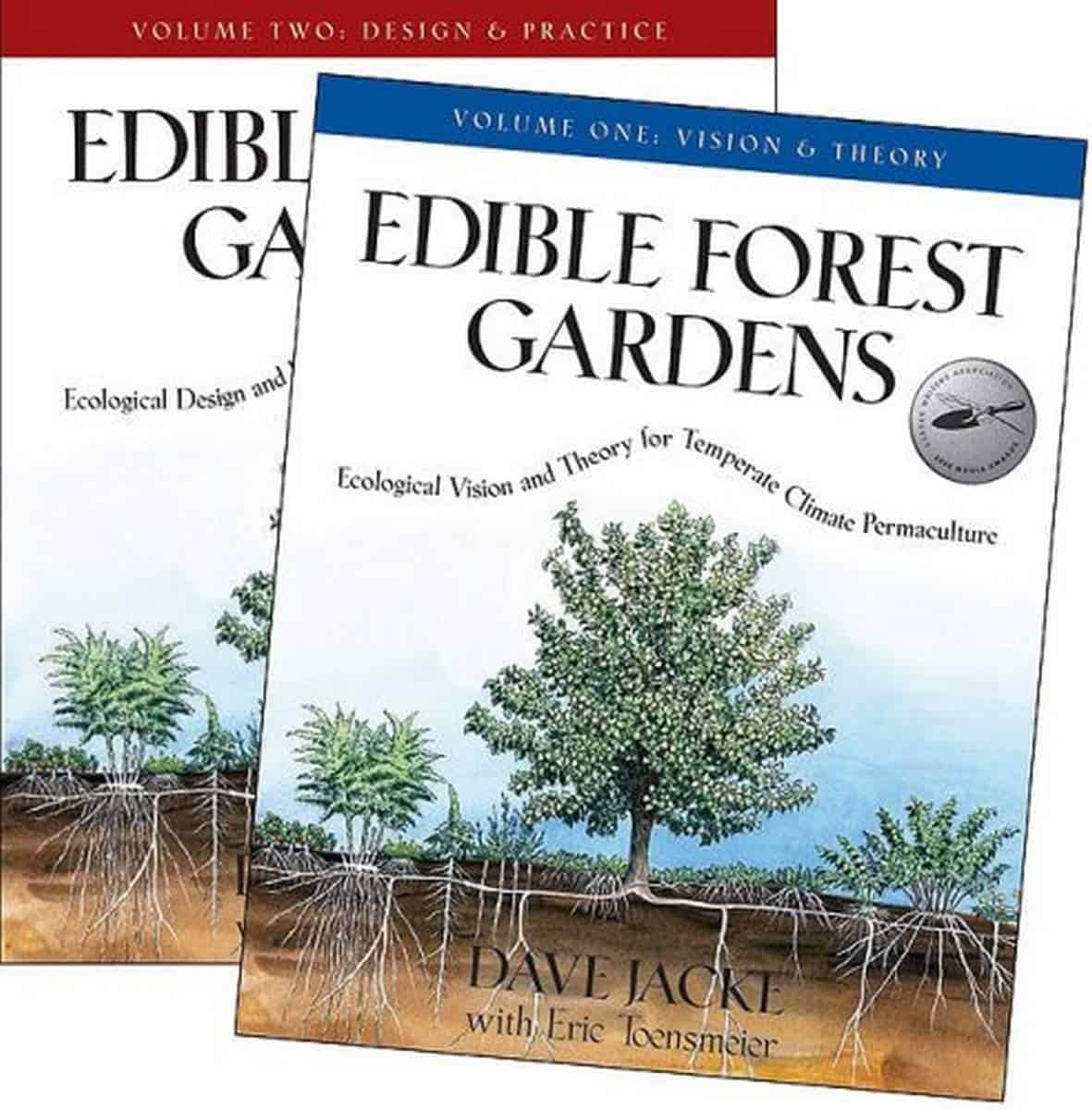
Food forests are getting more and more attention This is a comprehensive two-volume work that applies the principles of forest ecology to natural gardening in temperate climates. Volume I discusses the vision of a forest garden and ecological principles, while Volume II focuses on practical considerations, such as designing and maintaining a forest garden. The authors provide case studies, tables, illustrations, and a “plant matrix” listing edible and valuable species for Forest Gardening. It is an advanced course in ecological gardening that will change how readers perceive plants and their environment.
An edible forest garden is a perennial multipurpose plant polyculture that regrows yearly without replanting. Many species grow together, and each plant contributes to the success of the whole by fulfilling many functions. A forest garden is an edible ecosystem designed for human food production that provides food, fuel, fiber, fodder, fertilizer, and “farmaceuticals,” as well as fun. The book emphasizes the beauty and lushness of the garden environment as a conscious design focus or a side benefit.
Final Thoughts
We hope that these permaculture books got your attention. Whether you have a small garden, practice urban permaculture, or are in big-scale agriculture, there’s always a way to do it in harmony with your environment. Practice permaculture design principles, so the next generation can still exist on this planet.

